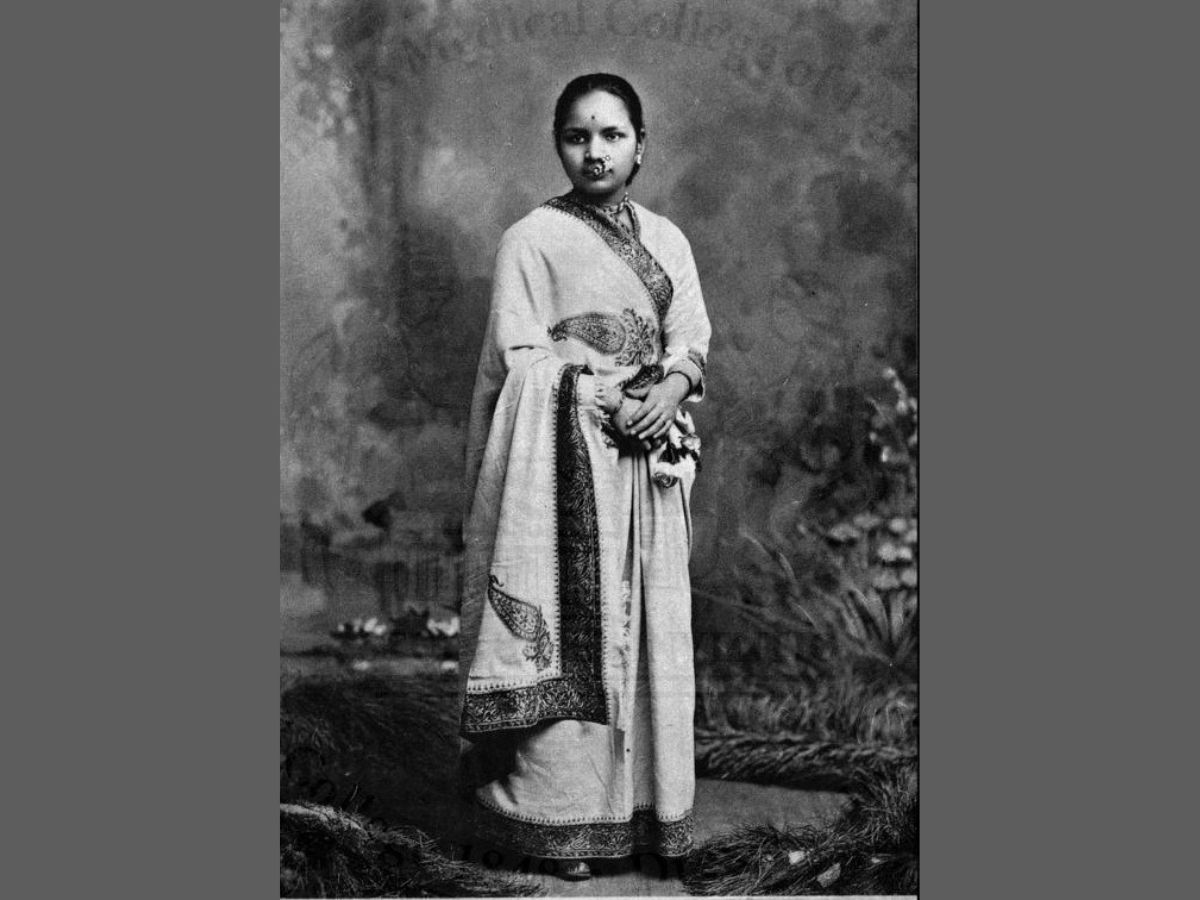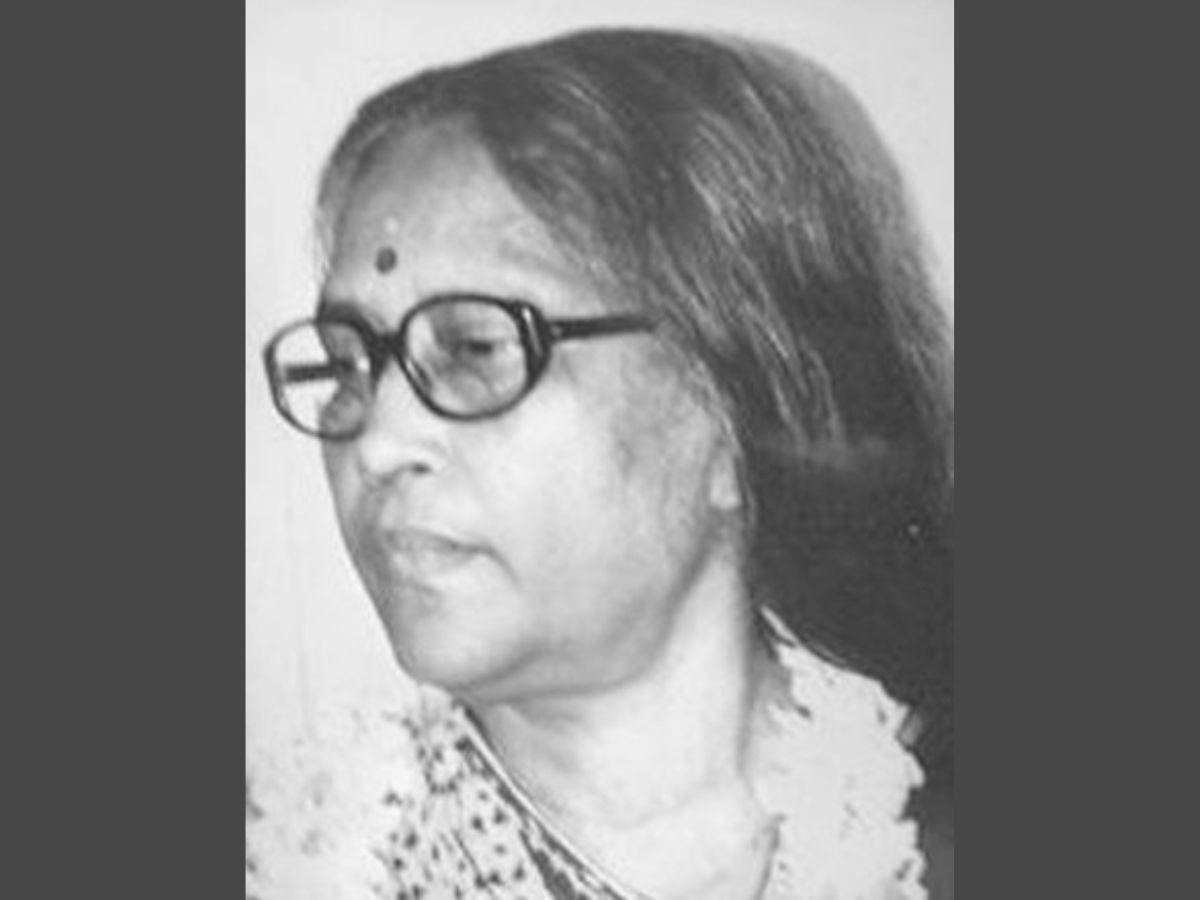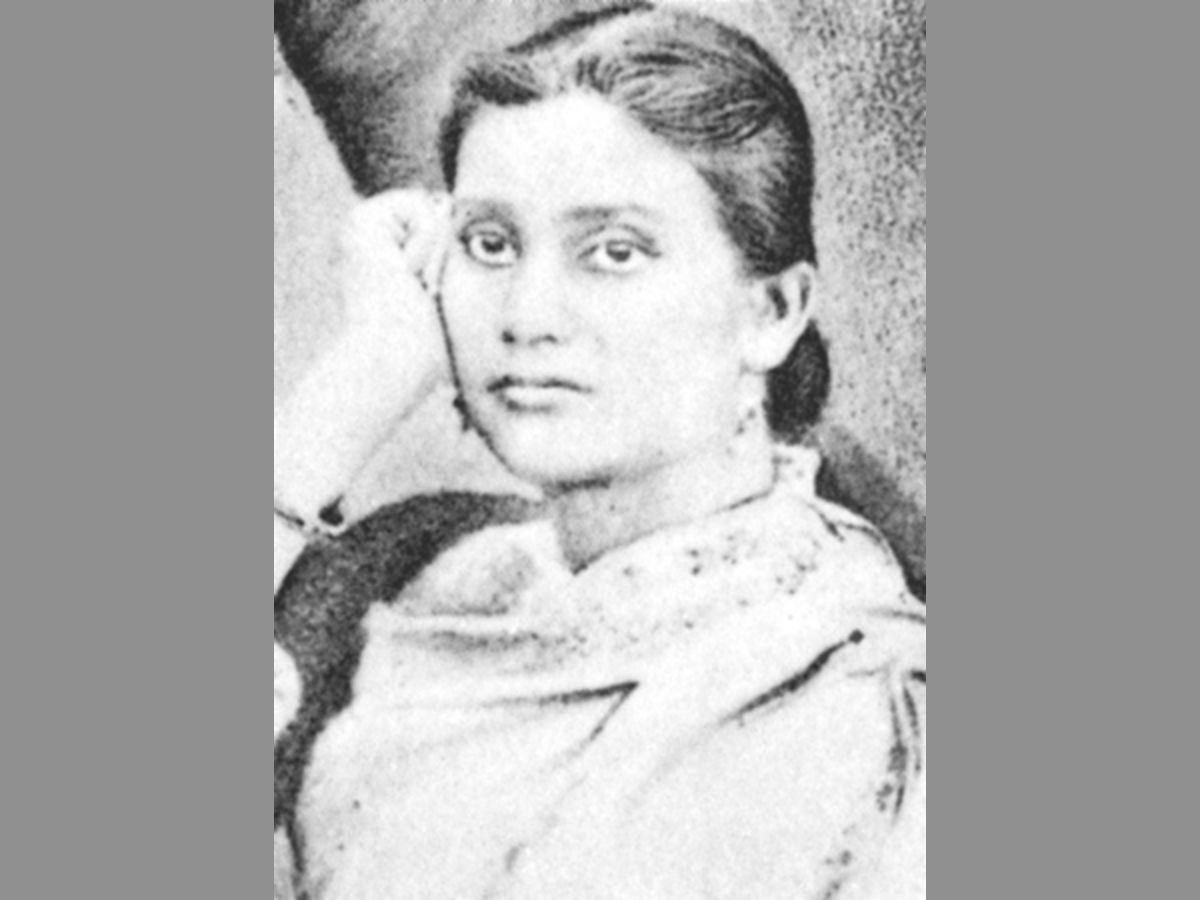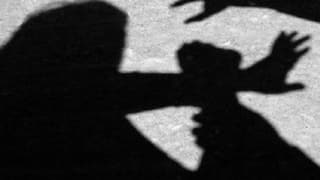Anandibai Joshi, Kadambini Ganguly, Bibha Chowdhuri — Remembering Pathbreaking Women Scientists Of India
Indian Women of Science: From Kadambini Ganguly to Purnima Sinha, and Bibha Chowdhuri to Anna Mani, women scientists have made India proud with their achievements.

India at 75: Indian women have achieved a multitude of milestones in different fields of science, including space, astrophysics, physics, medicine, neuroscience, and computer science, among others. From Kadambini Ganguly to Purnima Sinha, and Bibha Chowdhuri to Anna Mani, women scientists have made India proud with their achievements.
As India celebrates 75 years of independence, here is a list of women pioneers in science who walked the unconventional path.
Anandibai Gopalrao Joshi
Anandibai Gopalrao Joshi was the first Indian female to study and graduate with a degree in western medicine from the United States, and is believed to be the first Indian woman to set foot on American soil. She graduated with a two-year degree in western medicine in the US in 1886. Her husband, Gopalrao Joshi, encouraged her to study medicine.
Kadambini Ganguly
Kadambini Ganguly became the first Indian woman to get admission to Calcutta Medical College in 1884.
She was one of the first Indian female doctors who practised with a degree in modern medicine, and was the first Indian woman to practise medicine in India.
After receiving training in Scotland, she established a successful medical practice in India.
Ganguly was also the first woman speaker in the Indian National Congress.
Mary Poonen Lukose
Mary Poonen Lukose became the first female Surgeon General of India in 1938. She was also the first woman obstetrician of India.
Lukose was also the first woman legislator of the Princely State of Travancore.
Bibha Chowdhuri
Bibha Chowdhuri was the first woman high energy physicist of India and the first woman scientist at the Tata Institute of Fundamental Research.
Chowdhuri worked on particle physics and cosmic rays. The International Astronomical Union (IAU) honoured her by re-christening the yellow-white dwarf star HD 86081 as Bibha, after her.
Kamala Sohonie
Kamala Sohonie was the first Indian woman to receive a PhD degree in a scientific discipline, and is known for her discovery of the enzyme 'Cytochrome C', which plays an important role in the electron transport chain occurring in plant and animal cells for energy synthesis.
For her work on the nutritional benefits of the palm extract called 'Neera', Sohonie received the Rashtrapati Award.
Purnima Sinha
Purnima Sinha was an Indian physicist and one of the first Bengali women to receive a doctorate in physics. She received her doctorate in physics under the guidance of Professor Satyendra Nath Bose.
Sinha did extensive work in the field of X-ray crystallography of clay minerals, and compared the X-ray structure of clay with DNA patterns.
Anna Mani
Anna Mani is also known as the 'Weather Woman' of India. She started her research career at the Indian Institute of Science, Bengaluru, under the supervision of Physics Nobel Laureate Sir CV Raman.
Mani became the first woman to join the Meteorological Department in Pune, in 1984.
According to the Department of Biotechnology, Union Ministry of Science and Technology, Mani specialised in meteorological instruments at Imperial College London, and worked on the spectroscopy of diamonds and rubies.
Mani's major contributions are in the fields of solar radiation, ozone and wind energy instrumentation.
Kamal Ranadive
Kamal Ranadive established India's first tissue culture research laboratory at the Indian Cancer Research Centre in Mumbai, in 1960.
Ranadive was among the first to establish a link to the susceptibility of cancer and hormones and tumour-virus relationship.
Her basic research on the bacteria related to leprosy resulted in the evolution of the leprosy vaccine.
Related Video
Southern Rising Summit 2024: How Important is Self-Awareness? Insights from Anu Aacharya | ABP LIVE








































